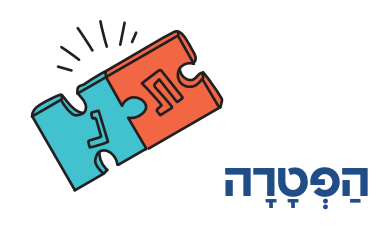Ilustration Credit: Chaim File

Haftarah הַפְטָרָה
The haftarah for Simhat Torah comes from the next book in Tanakh, Sefer Yehoshua, which picks up right where the Torah ends.
Moshe has just died, and God commands Yehoshua to take Moshe’s place and bring Benei Yisrael into their land. Yehoshua is also Moshe’s spiritual successor, and God warns Yehoshua to stay loyal to the Torah that Moshe taught him (Yehoshua 1:7-8).
Moshe teaching Torah to Yehoshua marks the beginning of the שַׁלְשֶׁלֶת הַמָּסוֹרָה (shalshelet ha-masorah, chain of Torah transmission). This is one way to describe the process of how Torah gets passed from generation to generation, creating a chain that links all students and teachers of Torah back to Moshe.
משֶׁה קִבֵּל תּוֹרָה מִסִּינַי, וּמְסָרָהּ לִיהוֹשֻׁעַ, וִיהוֹשֻׁעַ לִזְקֵנִים, וּזְקֵנִים לִנְבִיאִים, וּנְבִיאִים מְסָרוּהָ לְאַנְשֵׁי כְנֶסֶת הַגְּדוֹלָה.
Moshe received the Torah at Sinai and passed it to Yehoshua. Yehosha passed it to the zekeinim (elders). The zekeinim passed it to the nevi’im (prophets). The nevi’im passed it to the anshei keneset ha-gedolah (the men of the Great Assembly, who came just before the Mishnah).
Moshe started something amazing! Just one single teacher passing along the Torah has allowed it to spread to millions of people through thousands of years.
- What does this mishnah teach us about Moshe and about the power of teaching Torah?
- Who are your teachers? Who do you learn Torah from?
- Have you ever taught Torah to anyone else? What was that like?
- Why is it important to know that the Torah we learn goes back to Moshe? How does that affect the way you celebrate Simhat Torah?

-------------------
-------------------





